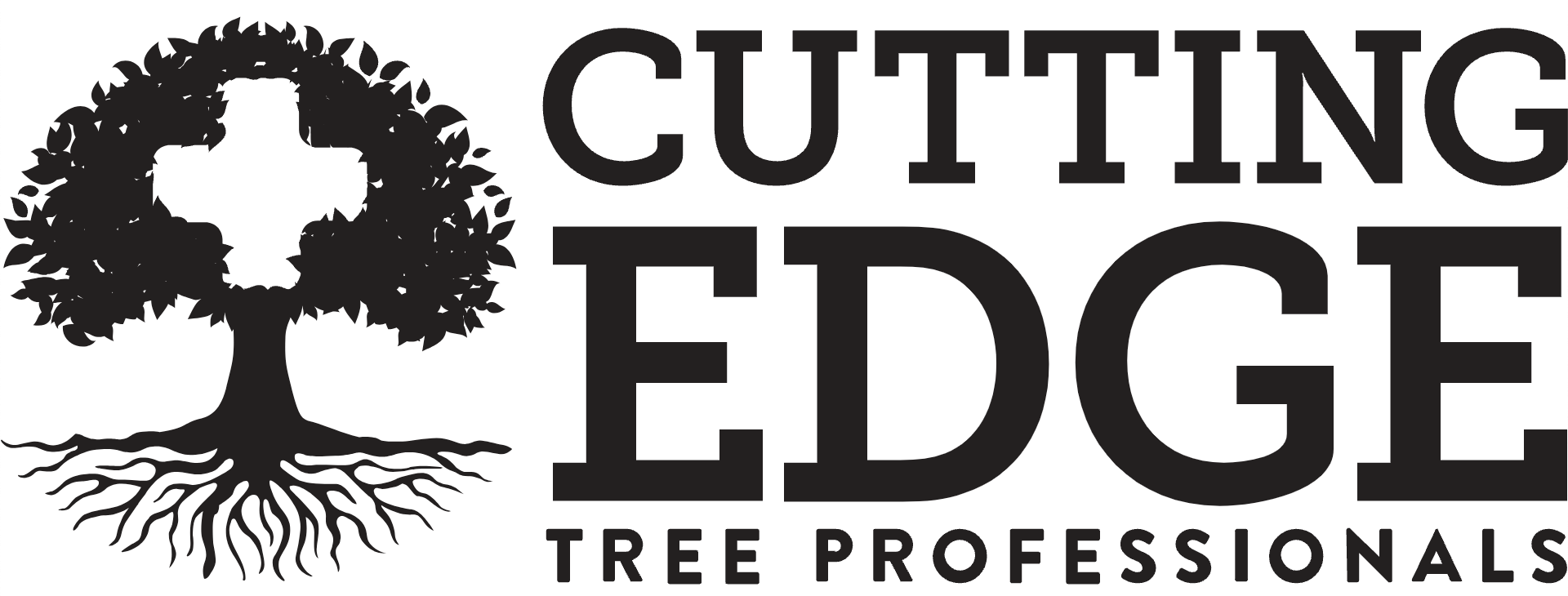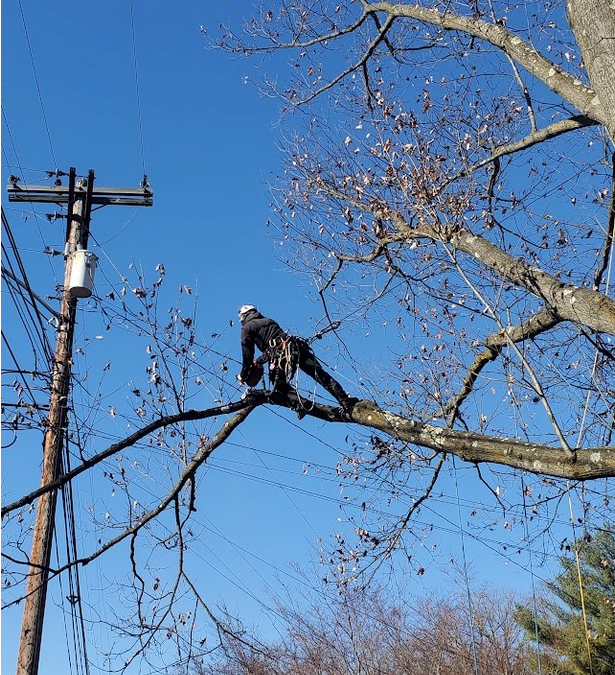The grass is no longer in need of cutting and the leaves have all been raked up. While it seems all your yard work is finished for the year, there is no better time than winter to prune your trees, especially oak trees. While most pruning can be done any time of year, wound closure and callus wood growth is greatest when pruning takes place prior to the spring growth flush.
Key Reasons for Winter Pruning
Pruning during the winter, with the leaves off the trees, allows us to more easily see the tree’s branching structure. Thus allowing us to see what needs pruned and where to make the cut. Pruning during cold weather also means there are less problems associated with pests, such as the insects that spread oak wilt which are attracted to fresh pruning cuts.
Avoid Shortening Tree’s Lifespan
Our arborists have a deep understanding of tree biology. If pruning is done improperly it can cause lasting damage and even shorten a tree’s life span. Because each cut has the potential to affect tree growth, no branch is cut without a specific objective in mind. This could be removing dead branches for safety, thinning the crown to increase air flow through the canopy, or to provide clearance from structures or over walkways and roads.
Developing Strong Form
When pruning young trees, structural pruning is essential to develop a strong natural form. Removing the appropriate branches while they are small means a tree will have less problems once mature. On newly planted trees, pruning should be limited to dead, diseased or broken branches. It is also important to remove branches with narrow angles of attachment when they are small. These branches may fail later on as the tree matures.
Examining Broken Branches
When examining a tree for pruning needs, our arborists start by looking for dead and broken limbs. These should be pruned out since they may pose a safety risk should they fall. Next, we look for crossing or rubbing branches. When present, it is desirable to prune one of them out. Branches that rub together can create wounds allowing decay fungi to enter.
Inspecting Branch Spacing
Next, we inspect for proper branch spacing. Trees with desirable structure will have branches spaced evenly up and down the trunk as well as radially around the trunk. A strong branch will have nearly a 90 degree angle of attachment to the main trunk. These branches will stand up to winter storms better than branches with tighter V-shaped unions. Branches attached with tight V-shaped unions should be removed, especially if they are still small.
Pruning for Buildings or Structures Nearby
Ensuring there is adequate clearance from roofs, power lines, and other structures is examined when deciding what to prune. You may also want to have adequate clearance over your lawn or driveway or an unobstructed view when pulling out of your driveway. Pruning for clearance is a common pruning objective.
Pruning Standards Matter
During our evaluations, our arborists decide what needs to be pruned to meet your objectives while providing for improved tree health and reduced risk. Making proper pruning cuts is imperative to avoid excessively wounding the tree and potentially causing irreparable damage. Our arborists are highly trained and follow the ANSI A-300 pruning standards.
Next Steps
Contact Cutting Edge Tree Professionals using our contact form or by calling 814-201-9757 and have one of our arborists evaluate and prune your trees. We are currently offering a 10% discount on all tree work scheduled between now and the end of March.

Article By Dave Jackson, Sales and Consulting Representative

